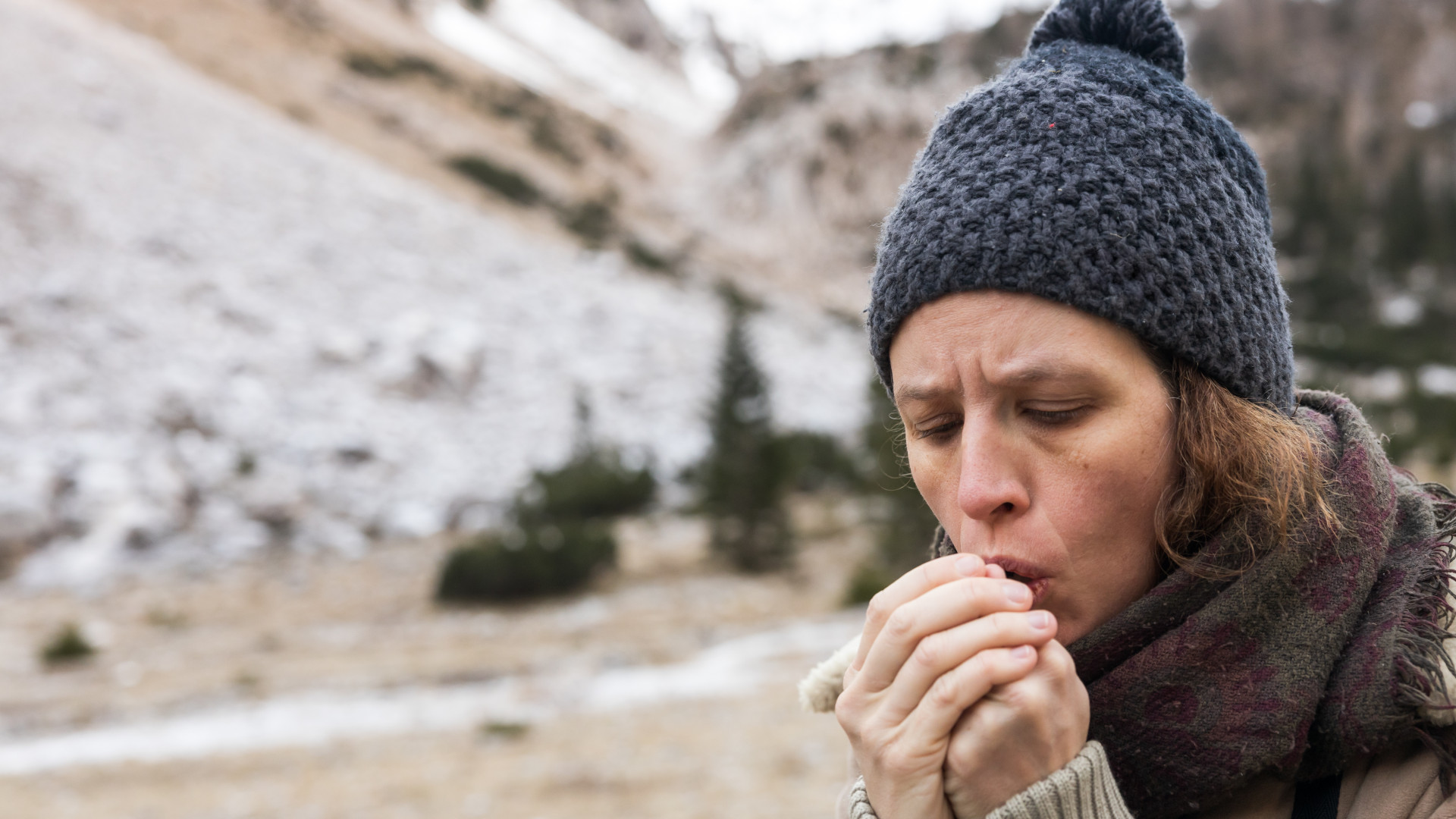Feeling cold on your winter hike? An outdoor expert says you’re making this mistake
Apparently it's common with 'first-time hikers'


Hiking in the winter requires a little extra caution but, despite the cold and ice, it can be great fun. It’s the season of stillness; there are fewer bugs, trails are quieter and nothing beats snuggling up in front of a fire to mull over the day’s success.
But, there’s nothing worse than hitting the trail to find that you’re freezing 10 minutes in, especially when you’re wearing multiple layers. However, according to the founder of MyLifeOutdoors YouTube channel, Steve, this is the exact mistake you’re making, you’re probably wearing too many layers.
“Layering is about more than just putting on more clothes to stay warm, it’s about regulating your heat and managing moisture,” Steve says in his video. “A lot of new winter hikers put on too many layers thinking ‘layers are what is going to keep me warm’, they end up drenching their base layers in sweat and the moment they stop, even for a small break, all that sweat ends up making them colder.”
Is the answer to wear less layers then? No. According to Steve you just need to opt for the right layers and understand how each one works in order to manage sweat.
Cold weather layering 101
Your cold weather layering system should consist of three main components:
- Base layer: Wicks sweat away from your skin. Material-wise, synthetic or woo, are your best bet as they dry fast, whereas cotton soaks it sweat like a sponge and takes longer to dry.
- Mid-layer: The next layer after your base layer, typically made from fleece. It retains your body heat to protect you from the cold, but is moisture-wicking.
- Outer shell: This is your waterproof jacket that shelters you from the wind and stops rain and snow getting in, but also lets sweat out, thanks to high-tech fabrics like Gore-Tex. Some even have additional features, like oversized pit zips to help sweat evacuate quickly.
So, do you always need to wear all three? Not necessarily (but whatever you don't wear make sure you have it in your hiking backpack).
If your hike has many accents, you’ll work up a sweat more quickly and, therefore, may be okay with just a base layer and your outer shell. However, Steve says if you still feel cold while moving in your outer shell and base layer, you should add a mid-layer (you may also have an insulating layer like a down jacket).
Get all the latest news, reviews, deals and buying guides on gorgeous tech, home and active products from the T3 experts
Steve’s top advice is “be bold, start cold”. He says that it’s better to feel a little chillier whilst getting your gear out of the car, rather than wrapping up in multiple layers to then find you’re quickly overheating once you start hiking.
“You’ll sweat into your layers too much and they won't be able to wick moisture fast enough out to the next layer, they’ll get overwhelmed, drenched in sweat and the moment you stop you’ll be colder, colder than if you had just worn less layers to begin with,” he says. “But if you feel a little chilly when you’re out the car, then you will be in a better positon once you get up hill.”
Want to learn more about hiking attire? Check out our explainer on what to wear hiking.

Bryony’s T3’s official ‘gym-bunny’ and Active Staff Writer, covering all things fitness. She is a certified personal trainer and also a part-time fitness instructor. In her spare time, you will find her in her natural habitat - the gym - where her style of training is a hybrid of bodybuilding and powerlifting. Bryony loves writing about accessible workouts, nutrition and testing innovative fitness products that help you reach your fitness goals and take your training to the next level.
